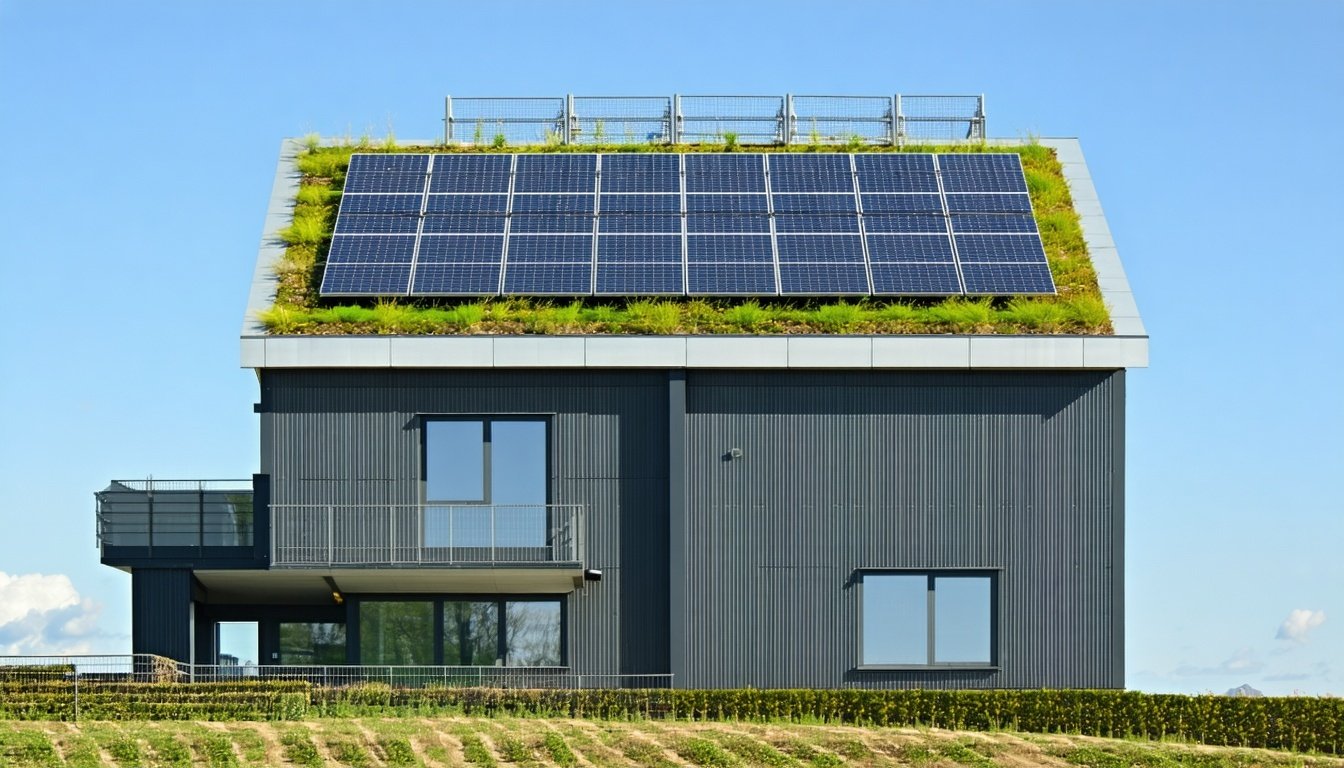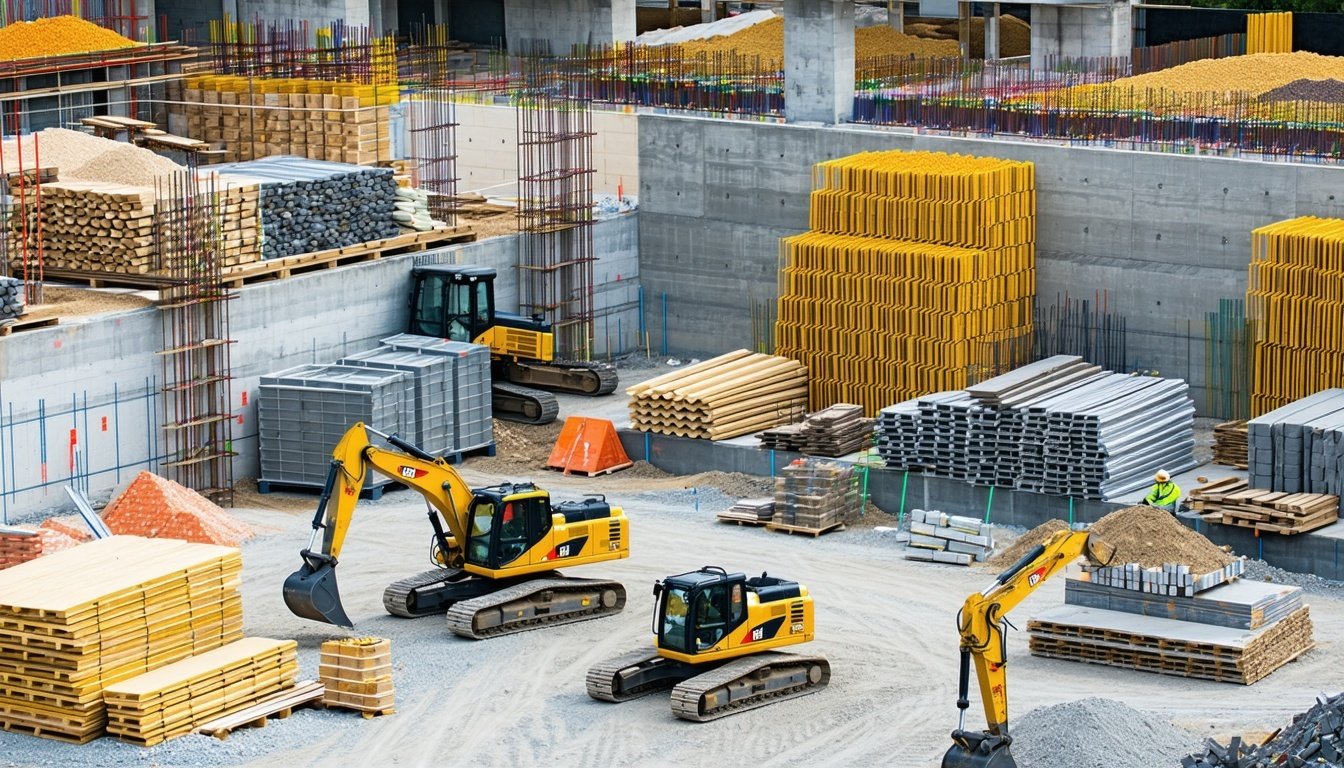Discover the often-overlooked impact of embodied carbon in building materials and why addressing it is crucial for sustainable construction.
Understanding Embodied Carbon: The Invisible Emissions
Embodied carbon refers to the total greenhouse gas emissions generated during the entire lifecycle of building materials. This includes emissions from the extraction of raw materials, manufacturing processes, transportation, on-site construction activities, maintenance over the building's life, and finally, disposal or recycling at the end of its life. Unlike operational emissions, which are associated with the energy used for heating, cooling, and powering buildings, embodied carbon emissions are often less visible but equally significant.
Despite the traditional focus on reducing operational carbon through energy efficiency improvements and regulations, embodied carbon now represents a growing share of a building’s total carbon footprint. In some new constructions, it can account for up to half or even more of the total lifecycle emissions. As the industry moves towards lower operational carbon emissions, the relative importance of embodied carbon continues to rise.
Why Embodied Carbon Matters in the Built Environment
The built environment is a major contributor to global greenhouse gas emissions, with building materials and construction processes alone responsible for approximately 15% of these emissions. Given the urgency of climate change, addressing embodied carbon is critical. Most of these emissions are released before a building is even occupied, making early design and material choices vital for effective climate action.
By focusing on embodied carbon, architects, developers, and policymakers can make significant strides in reducing the overall carbon footprint of buildings. This is essential not only for meeting near-term climate goals but also for ensuring the long-term sustainability of the built environment.
Major Sources of Embodied Carbon in Modern Buildings
Several materials commonly used in construction are major sources of embodied carbon. Concrete, for example, is one of the most widely used construction materials and has a very high carbon footprint due to the energy-intensive process of cement production. Steel, another prevalent material, also has significant embodied carbon due to the emissions from iron ore extraction and steel production.
Other high-impact materials include insulation, which often involves energy-intensive manufacturing processes, and various types of finishes and fixtures. Understanding the embodied carbon associated with each material can help in making more sustainable choices.
Environmental Consequences of High Embodied Carbon
High levels of embodied carbon contribute directly to global warming and climate change. The extraction and processing of raw materials can lead to resource depletion, habitat destruction, and significant ecosystem impacts. Furthermore, the transportation and installation of these materials add to air pollution and energy consumption.
Reducing embodied carbon not only mitigates these environmental impacts but also promotes the conservation of natural resources and supports the transition to a more sustainable and resilient built environment.
Strategies for Reducing Embodied Carbon in Construction
Reducing embodied carbon requires a holistic approach to design and construction practices. One effective strategy is the selection of low-carbon or recycled materials. For instance, using fly ash or slag as partial replacements for cement in concrete can significantly lower its carbon footprint. Similarly, choosing recycled steel can reduce the embodied carbon associated with new steel production.
Optimising building design to use fewer resources is another crucial strategy. This can involve minimising material waste, designing for durability and adaptability, and employing modular construction techniques. Additionally, leveraging circular economy principles—such as designing for disassembly and material reuse—can further reduce embodied carbon and promote sustainability.







